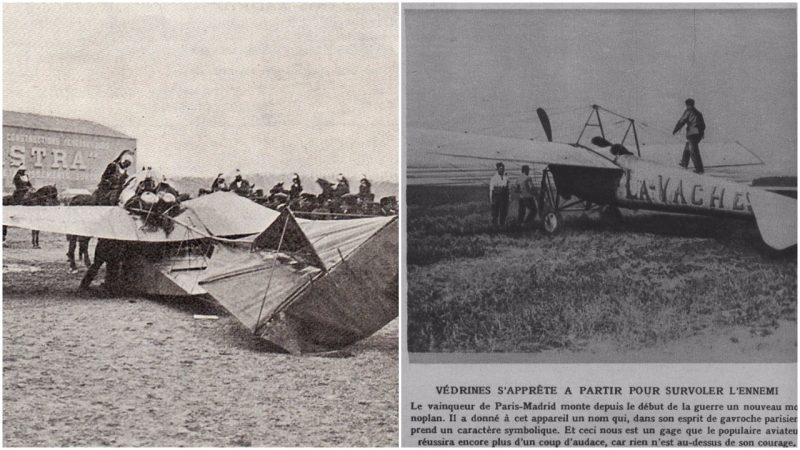The 1911 Paris to Madrid air race was one of the first international air races in Europe.
It took place on May 21st, 1911, and attracted almost 300 thousand spectators. Although aviation technology was still in the early stages of its development, many flying enthusiasts acquired sponsors, created engines and managed to participate in the race.
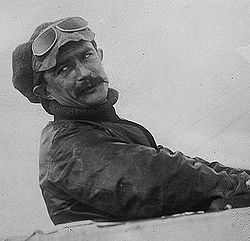
The Parisian airfield, Issy-les-Moulineaux was chosen as the starting point of the race: the race consisted of three stages and included a dangerous air trail over the Pyrenees. The winner of the race, a prominent French aviator, named Jules Vedrines, was awarded a prize of whopping 100 thousand francs.
Although the race was successful, it was overshadowed by many accidents that took place during its start. Since aviation technology was significantly underdeveloped, many participants experienced serious problems with their primordial planes. One such problem was the cause of a major accident which resulted in the death of Henri Maurice Berteaux, the French Minister of War.
Namely, the plane of a participant named Andre Train malfunctioned during takeoff, and the pilot lost control of his aircraft. He uncontrollably swerved and crashed into a railing which divided the spectator’s area from the landing strip. Train managed to avoid crashing into the audience, but the parts which had fallen off of his plane caused carnage.
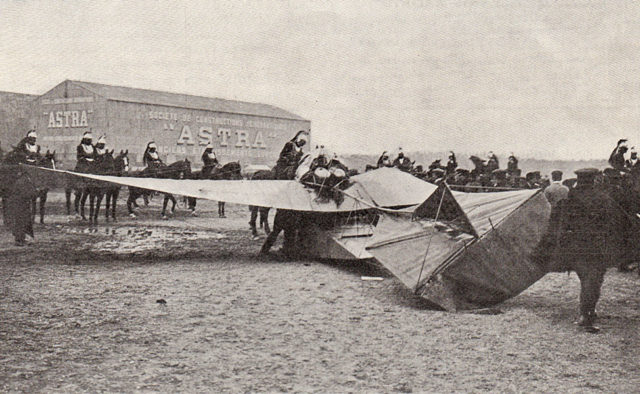
Several people were gravely injured; Ernest Monis, the Prime Minister of France, was left unconscious, with a broken leg. His son, several other government officials, and a group of spectators sustained serious injuries. Henri Maurice Berteaux, the Minister of War, was struck by a part of the plane’s propeller which severed his left arm. He survived the accident, but he also sustained a blow to the head which proved to be fatal.
The race was immediately canceled after the accident, but the government allowed it to continue the next day to satisfy public interest for aviation spectacles. Although extensive safety checks were conducted the next day, accidents continued to happen.
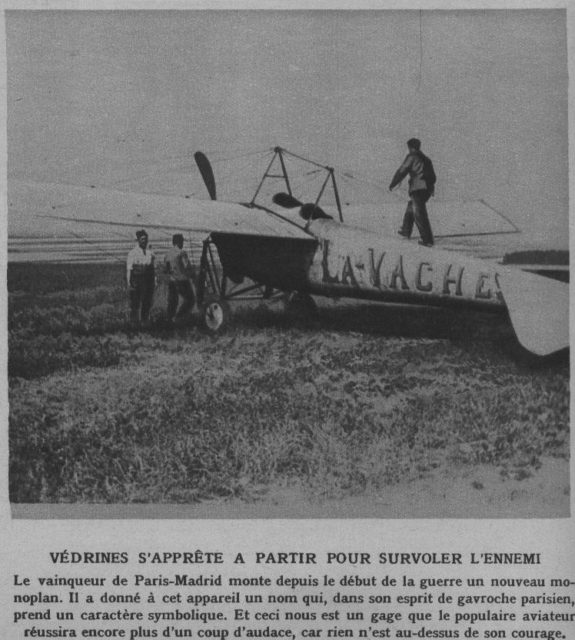
A French pilot named Jean Louis Conneau landed at Loches, an airfield that was close to the destination of the second stage of the race, to refuel his plane. Unfortunately, his aircraft malfunctioned during takeoff, and he crashed into a nearby field.
Another French aviator, named Eugene Gilbert, experienced a rather bizarre accident. An eagle attacked him while he was flying over the Pyrenees. The eagle started biting his hands and clawing at his helmet; Gilbert managed to ward off the bird by firing his revolver several times. He was lucky enough to finish the race and tell the story to the reporters.
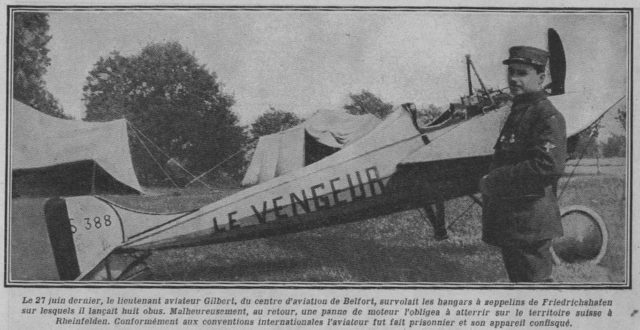
Although the 1911 Paris to Madrid air race proved to be a massive disaster, aviation enthusiasts continued constructing makeshift planes and governments worldwide continued organizing races.
Aviation technology significantly improved over time, but several races after the Paris to Madrid race were also marked by severe accidents, malfunctions, and explosions.
